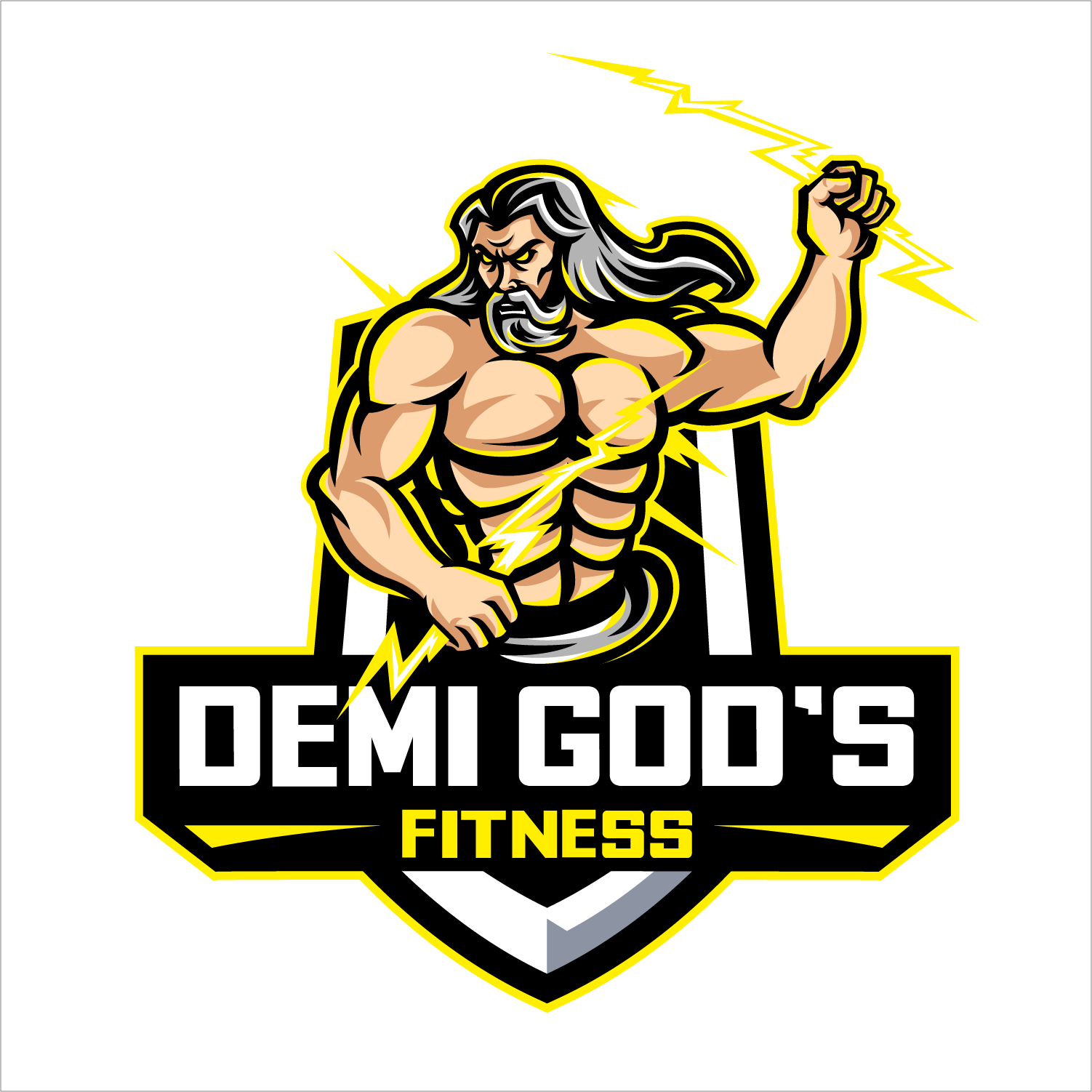So you picked up a sport, yoga or joined a gym to be fit ? Are you aware you are more injury prone once you step in the field of fitness ? But fitness is about being strong not weak right ? So how come we are more injury prone once we get into fitness ?
When we talk about injuries in fitness we don’t mean only scratches and bruises but there is a lot of other injuries involved and there are a lot of factors behind it. And those injuries are not something which you should be scared off and leave your new-found hobby, some injuries can be avoided whereas some are bound to happen and you cannot do anything about them. The injuries bound to happen are accidents like you drop weights on your foot in the gym, you trip on your own foot while running in the park, you slip accidentally while doing some crazy yoga pose and we all have to accept such injuries and we have to admit we cannot do anything about it.
But at the same time there are some injuries which can be avoided with a little care, caution and being fit the right way. Such injuries are mostly muscle injuries . Muscle injuries are categorized in two forms muscle strain and muscle sprain. We often use the term strain and sprain interchangeably but one has to understand that they are not the same. We describe pulled hamstring to twisting of ankle as both sprain and strain.
Muscle sprain – A sprain is a stretch or tear in a ligament. Ligaments are bands of fibrous tissue that connect bones to bones at joints. Sprains usually happen when a person falls, twists e.t.c.
Muscle Strain – A strain is also a stretch or tear, but it happens in a muscle or a tendon. Tendons link muscles to the bones.
 These injuries can happen when we work out at the gym, or they can happen at home or the workplace, especially if you do a lot of heavy lifting at gym or at work.
These injuries can happen when we work out at the gym, or they can happen at home or the workplace, especially if you do a lot of heavy lifting at gym or at work.
The signs of most sprains or strains are very similar which are the usual pain and inflammation, and sometimes bruising, at the area affected. Depending on how bad the sprain or strain is, the pain may be mild, moderate, or severe.
The worse the sprain or strain, the harder it is to use the affected area. If you have a sprain, your doctor may mention its “grade”:
- Grade I is stretching of the ligament or a very mild tear, with little or no instability at the joint. Such type of sprains usually heal with a little care and some rest at home and usually fully recover within 2-3 weeks. A person wont feel much difficulty in the daily routine in grade 1 of sprains.
- Grade II is a more serious but still incomplete tear, with some looseness in the joint. Under grade 2 a person may require some medical aid or some form of physical therapy. There is a slight loss of muscle control in grade 2 type of sprains and a greater degree of pain than a grade 1 injury.It usually takes like 5-6 weeks to heal a grade 2 sprain.
- Grade III is a completely torn or ruptured ligament. This is not a broken bone, but can feel like one since it’s often impossible to put weight on the joint or use the affected limb because the joint isn’t stable. Most grade 3 sprains are rehabilitated by surgery. And they can take months at times to heal completely. A person may return to normal activity or not depends on the kind of injury.
Treatment
Most people with mild sprains and strains can treat these injuries at home by following “RICE” therapy. For more severe cases one is advised to see a doctor, doctor may perform X-rays or MRI to check the extent of the injury
- Even if one doesn’t have a fracture, one may need an ankle cast and/or crutches for a severe ankle sprain. In worst cases, one needs surgery to repair the torn ligament or tendon. Physical therapy and rehabilitation exercises often help, too.
- Although the degree of pain and swelling are usually the best indicators of how severe a sprain or strain is, this is not always the case. Some injuries, like Achilles tendon tears, may cause only mild pain at first, but are actually more severe.
See a doctor right away if any of these things happen:
- The pain and swelling don’t start to ease within 24 to 72 hours.
- You cannot bear weight.
- Your symptoms get worse.
And in the end fuel yourself well with a proper diet, relax your body well by giving proper rest by sleeping well and taking rest days in between and never rush into fitness go easy and slow and progress step by step. With a well rested body and proper fueled body muscle injuries are bound to minimum.
Stay Hungry Stay Foolish !!!


